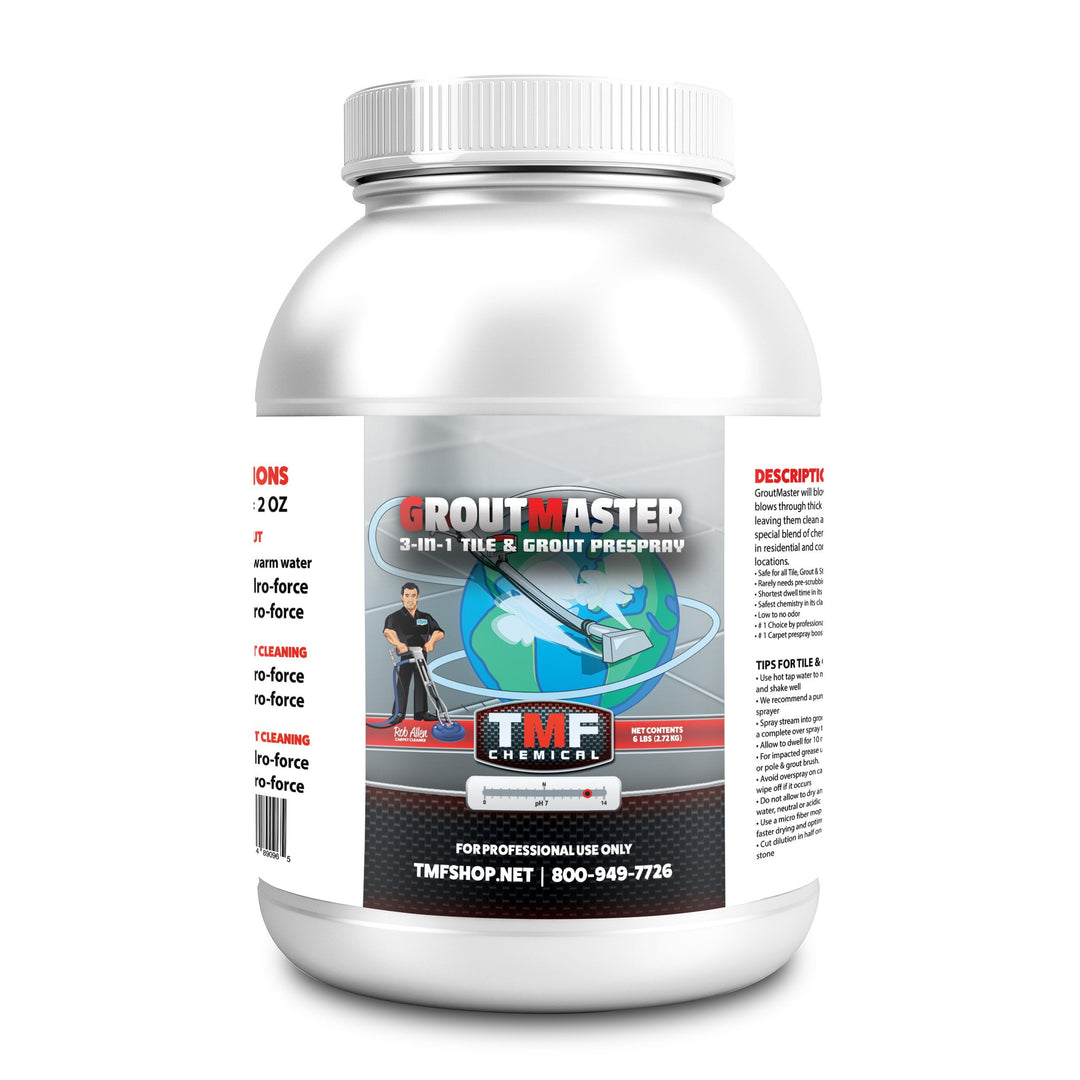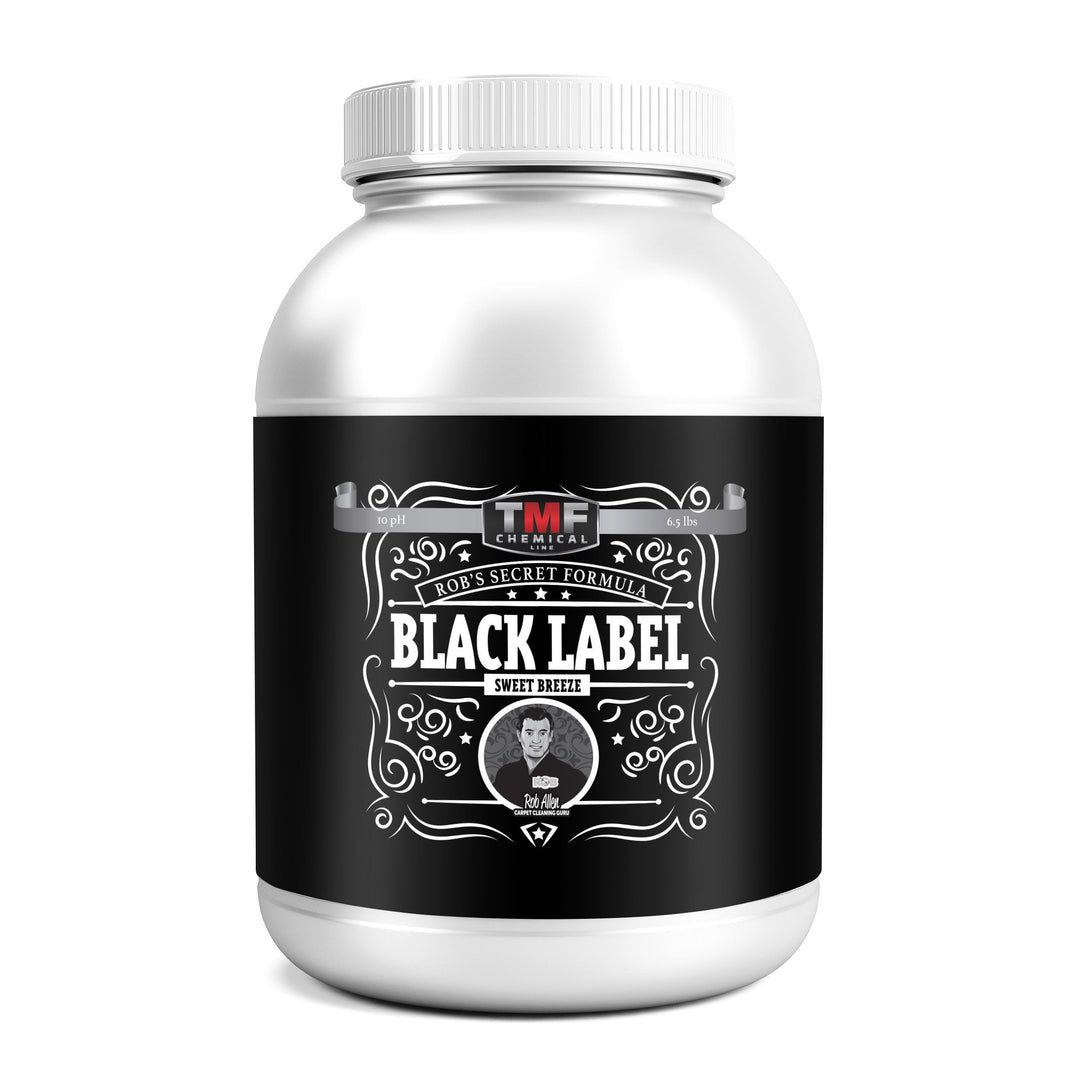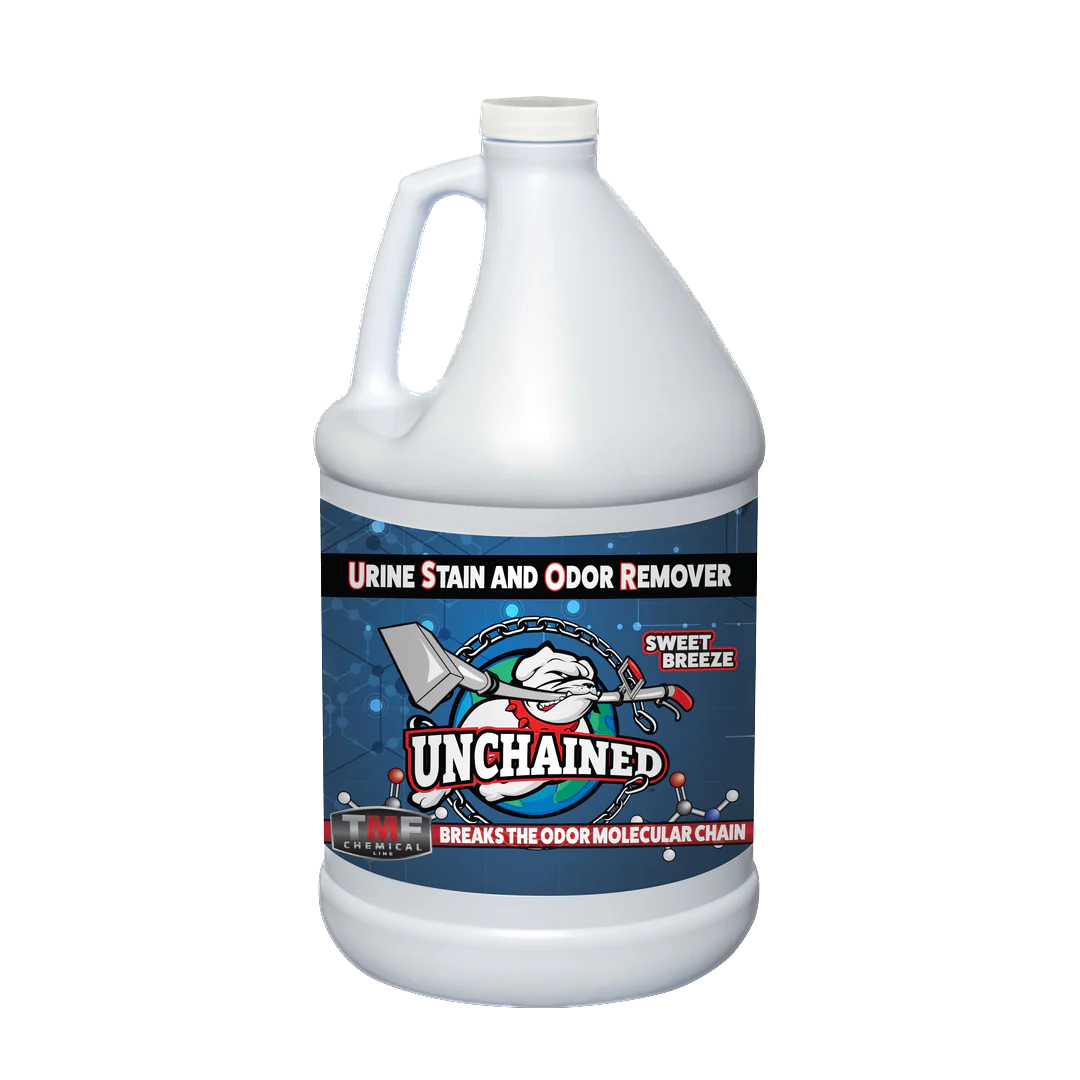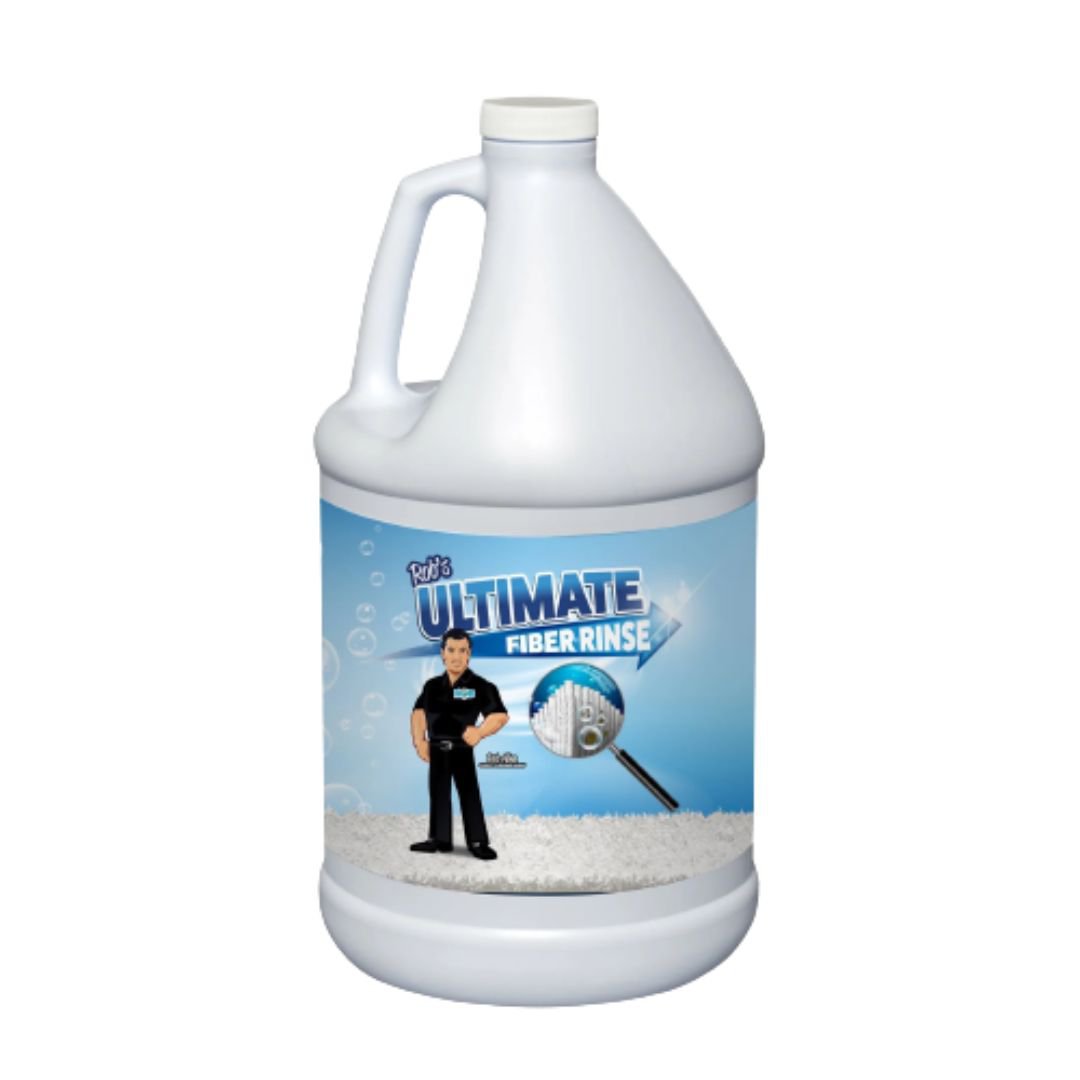Stop the Bleeding: What to Know About Colorfast Testing
Detergents alone are often ineffective at removing carpet stains. Oil, grease, dirt, and other substances must be dissolved or broken down if they are to be completely eliminated. That's where solvents come in, breaking up stains so that they are easy to get rid of.
Carpet solvents can break up stains. However, they may also weaken dyes. Accordingly, it's important to check your solvents for colorfastness prior to use. The process is pretty simple when you follow these easy steps.
#1. Pick a Spot
Choose an inconspicuous area to perform your colorfast testing in. That way, if the solvents do bleed the result will not be as obvious. Some good spots include corners or the inside of a closet. You'll need two different areas-one to perform your initial test in and another to conduct a more in-depth test if needed. If you have some leftover remnants from installation, use them instead.
#2. Perform an Initial Test
Place only a few drops of solution in your chosen spot. Wait just a few seconds and then blot the solvent up with paper towels or a clean white cloth. Note whether or not any carpet dye appears on your cloth. If you pick up even a slight amount of dye, this means your carpet is not colorfast. At that point, there is no need to perform a more in-depth test.
#3. Conduct a More Detailed Test
Some solvents will only cause bleeding once they have fully soaked into your carpet fibers. As such, you should not assume that a solution is safe just because it passed your initial testing. Perform a second test, this time allowing the cleaner to soak into your rug for a few minutes before blotting. Soak the solution up with a white cloth or towel and note whether you also bring up any color. If the rag comes up clean following this second test, this means the solution you are using is safe.
Testing Furniture
Perhaps your room contains furniture that you would also like to have cleaned. If so, you will want to test these surfaces as well. Follow the steps above, performing an initial test followed by a subsequent, longer check if necessary.
Select a location such as underneath your couch cushions to perform the colorfast test. You can either apply a few drops of solution directly to furniture or saturate a cloth and then apply it to your upholstery. When using a saturated cloth, hold it firmly against your furniture, or use a heavier object to help hold it in place.
Checking Area Rugs

Professional carpet cleaners are often nervous about the prospect of messing up an area rug. There's a good reason for this, as many people have rare or custom area rugs that would be nearly impossible to replace. Wool rugs, in particular, are highly susceptible to bleeding. So the importance of checking for colorfastness first cannot be overstated.
When checking an area rug, spray full-strength solution onto a clean white cloth until it is fully saturated. Lift the rug up and place the wet rag onto the back of the area rug. Use a spring-loaded clamp to hold the cloth in place and leave it for around two to three minutes. After that time, check to see if any of the dye has bled onto the towel.
Alternatives for Area Rugs
There are times when customers may feel uneasy about cleaning, even after you have tested for colorfastness. In those instances, you may want to recommend deep rug washing instead. Deep rug washing can extend the life of delicate area rugs, while at the same time eliminating dirt, grime, and allergens. If you are not yet offering this service, our training course can help you get started.
Cautions When Cleaning Wool
Wool carpets naturally resist dirt and are easy to remove soil from. At the same time, they are known for holding in stains and may require heavy solvents to clean. Keep in mind that wool rugs may become damaged when using bleach-based solvents or cleaning products.
When cleaning wool carpets, use a pH-balanced solution between 4.5 and 8.5. Look for detergents marked as "wool safe", which is noted by the picture of a sheep. Cleaners labeled as safe for wool are unlikely to contain solvents that may cause them to bleed.
Good and Bad Fibers
The type of carpet will often determine its colorfastness. For example, you are more likely to experience bleeding when cleaning carpet or rugs made from:
- Silk
- Cotton
- Acetate
- Nylon
Bleeding is less likely to occur with rugs and/or carpeting made from:
- Olefin
- Polyester
- Triexta
Choosing a Solvent
Dry solvents are those that contain little if any water. Some dry solvents are designed to remove ink, paint, cosmetics, shoe polish, or other dyes. They do this by dispersing stains into tiny particles that are then easier to remove. Accordingly, dry solvents for these substances might also result in carpet bleeding. Some ingredients to watch out for include acetone or naphtha.
Citrus-based solvents, on the other hand, are typically very safe. Many contain d-Limonene, which is effective at treating paint, oil, and grease stains. Solvents containing d-Limonene can often be used as spot removers or as an additive to other carpet cleaning solutions to help boost results.
Gel solvents are another very safe option. They do not penetrate deeply into carpet and are therefore unlikely to cause bleeding. Most gel solvents are referred to as Non-Volatile Dry Solvents or NVDS because they evaporate slowly and leave behind a residue. They are best suited for surface stains and should be rinsed thoroughly to prevent re-soiling.
Remain Vigilant to Prevent Carpet Bleeding
Anytime you clean carpets, there is always a risk of color bleeding. This is why you should always test for colorfastness each time you use a different solvent. Being aware of how different carpet fibers and solvents react can help you avoid ruining floor coverings as well. Here at Truck Mount Forums, we want to help you stay up to date with the newest carpet cleaning products and techniques. To learn more, please contact us.





